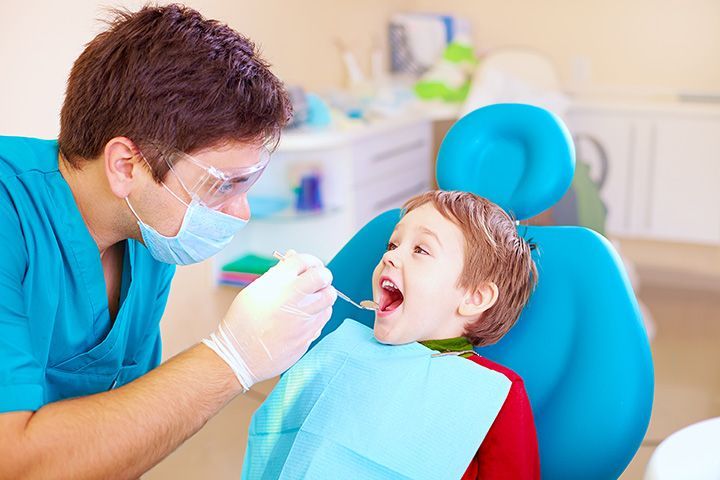What is the Difference Between a General Dentist and a Pediatric Dentist?

Even though both pediatric and general dentists treat dental health issues, the two types of dentists differ in several ways. Adult teeth and adult dental health conditions are typically treated and focused on by general dentists, whereas pediatric dentists typically only treat children's teeth (also known as baby teeth), mixed dentition (kids with some baby teeth and some adult teeth), and occasionally adults with special needs. Aside from that, children must be treated differently and spoken to in a way that they can understand, and they must ultimately feel comfortable in order to cooperate and receive treatment. This necessitates extra attention, time, and sometimes patience that a general dentist may not have received as well as a pediatric dentist. Therefore, it's important that children be treated by health professionals who are specifically trained to care for children.
Key Differences Between A Pediatric Dentist and a General Dentist
1. Education and Training
Pediatric dentists must have four years of undergraduate college education, four years of dental school, and at least two additional years of education focused solely on pediatric dentistry. Primary dentition (baby teeth), mixed dentition, child development, behavior, psychology, pharmacology, special needs patient care, and pediatric sedation are all studied during these two to three extra years. There is a strong emphasis on communication skills, as children often require different language (simplified terms) to understand what is being done and how to care for their teeth, as well as a calm and friendly demeanor. Furthermore, pediatric dentists typically treat children up to the age of 18, but they may also treat adults with special needs.
General dentists must have four years of undergraduate college education plus four years of dental school, followed by a one-year residency (depending on their state). To treat patients, the dentist does not need to complete additional training (beyond dental school and a residency).
2. Orthodontic Pre-Assessment
Pediatric dentists: Orthodontic pre-assessment is usually included as part of their examination, and they may be able to provide minor orthodontic intervention.
Unless the dentist provides clear aligners, general dentists almost always refer patients to an orthodontist for treatment (please note that not everyone is a candidate).
3. Office Environment
Pediatric dentists: Create an inviting, fun, and playful environment to help children feel more at ease. They may provide distractions such as video games, televisions, and/or books to keep children's minds off of potentially anxious emotions.
Because their patients are adults, general dentists may not have the most child-friendly environment.
4. Dental Equipment
Pediatric dentists must use dental materials that are small enough to fit in small mouths and maneuver around baby teeth.
General dentists may lack pediatric dental tools, making treatment more difficult and possibly uncomfortable for the child.